
 The Parasurama Avatara
The Parasurama Avatara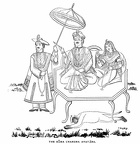 The Rama Chandra Avatara
The Rama Chandra Avatara The Vamana Avatara
The Vamana Avatara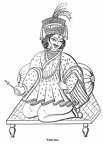 Varuna
Varuna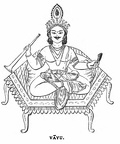 Vayu
Vayu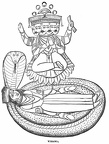 Vishnu
Vishnu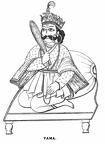 Yama
Yama Annapurna
Annapurna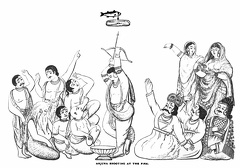 Arjuna shooting at the fish
Arjuna shooting at the fish Balarama
Balarama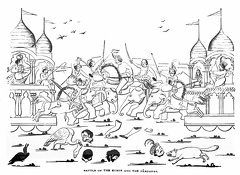 Battle of the Kurus and Pandavas
Battle of the Kurus and Pandavas Brahma
Brahma Buddha
Buddha Buddha
Buddha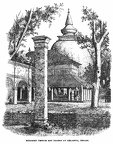 Buddhist Temple and Dagosa at Kelaniva, Ceylon
Buddhist Temple and Dagosa at Kelaniva, Ceylon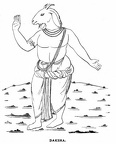 Daksha
Daksha Dasabhuja
Dasabhuja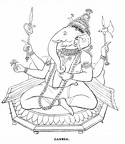 Ganesa
Ganesa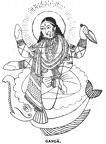 Ganga
Ganga Garuda
Garuda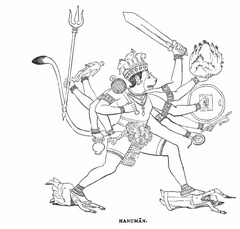 Hanuman
Hanuman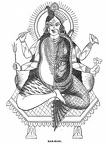 Har-Hari
Har-Hari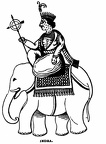 Indra
Indra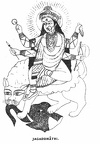 Jagaddhatri
Jagaddhatri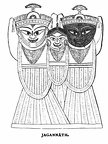 Jagannath
Jagannath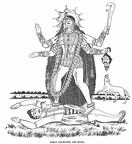 Kali dancing on Siva
Kali dancing on Siva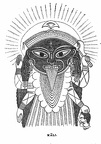 Kali
Kali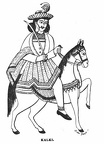 Kalki
Kalki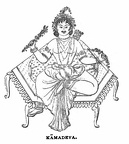 Kamadeva
Kamadeva Kartikeya
Kartikeya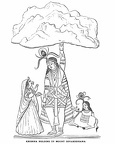 Krishna holding up Mount Govardhana
Krishna holding up Mount Govardhana Krishna slaying Bakasura
Krishna slaying Bakasura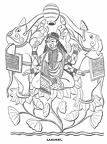 Lakhsmi
Lakhsmi Manasa
Manasa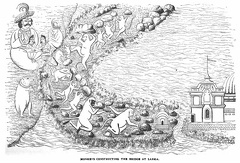 Monkeys constructing the bridge at Lanka
Monkeys constructing the bridge at Lanka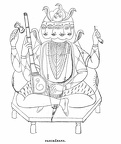 Panchanana
Panchanana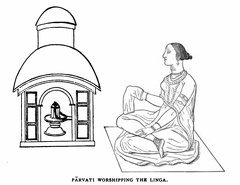 Parvati worhipping the Linga
Parvati worhipping the Linga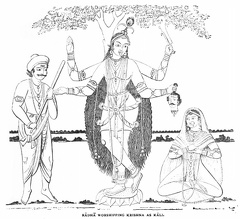 Radha worshipping Krishna as Kali
Radha worshipping Krishna as Kali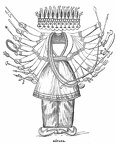 Ravana
Ravana Sarasvati
Sarasvati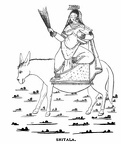 Shitala
Shitala Sasti
Sasti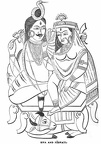 Siva and Parvati
Siva and Parvati Siva slaying an Asura
Siva slaying an Asura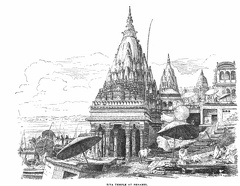 Siva temple at Benares
Siva temple at Benares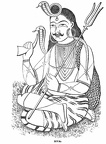 Siva
Siva Sugriva
Sugriva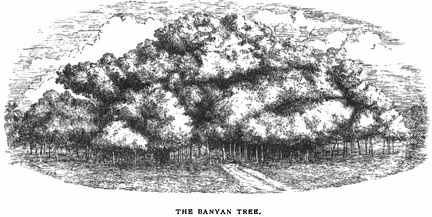 The Banyan Tree
The Banyan Tree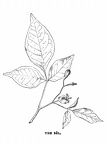 The Bel
The Bel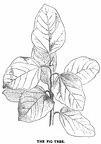 The Fig Tree
The Fig Tree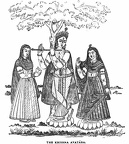 The Krishna Avatara
The Krishna Avatara The Kurma Avatara
The Kurma Avatara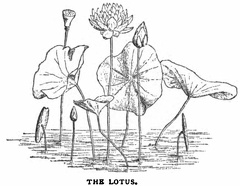 The Lotus
The Lotus The Matsva Avatara
The Matsva Avatara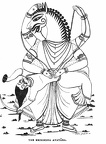 The Nrisingha Avatara
The Nrisingha Avatara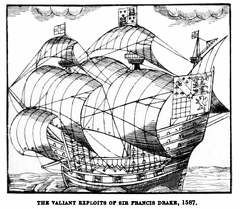 The Valiant Exploits of Sir Francis Drake
The Valiant Exploits of Sir Francis Drake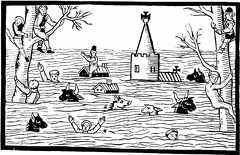 Great Flood in Monmouthshire
Great Flood in Monmouthshire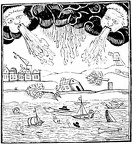 Great Storm, 1613
Great Storm, 1613



